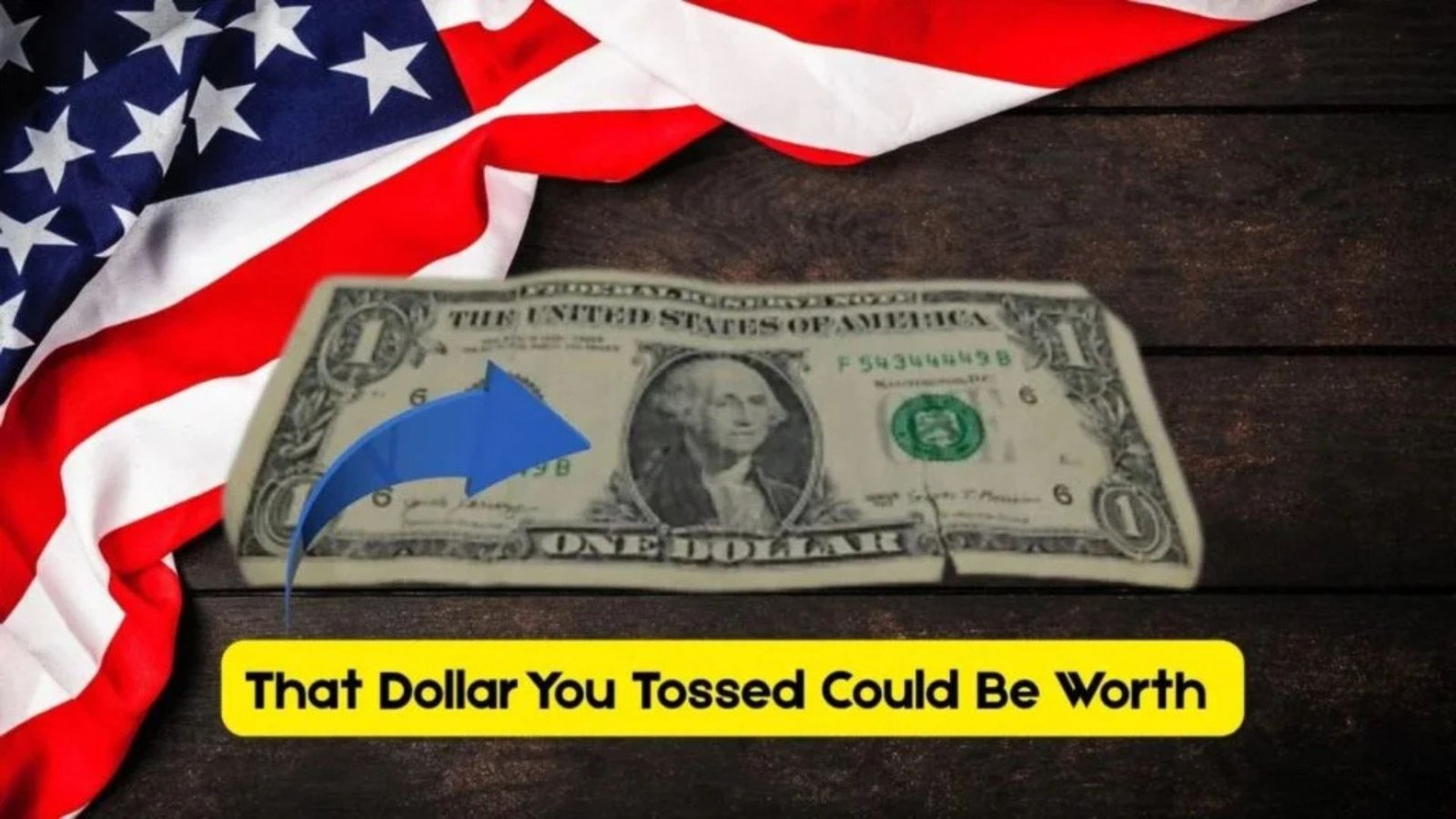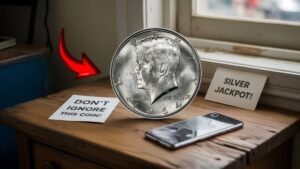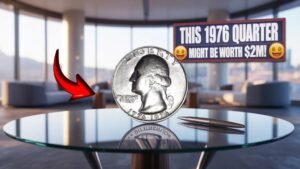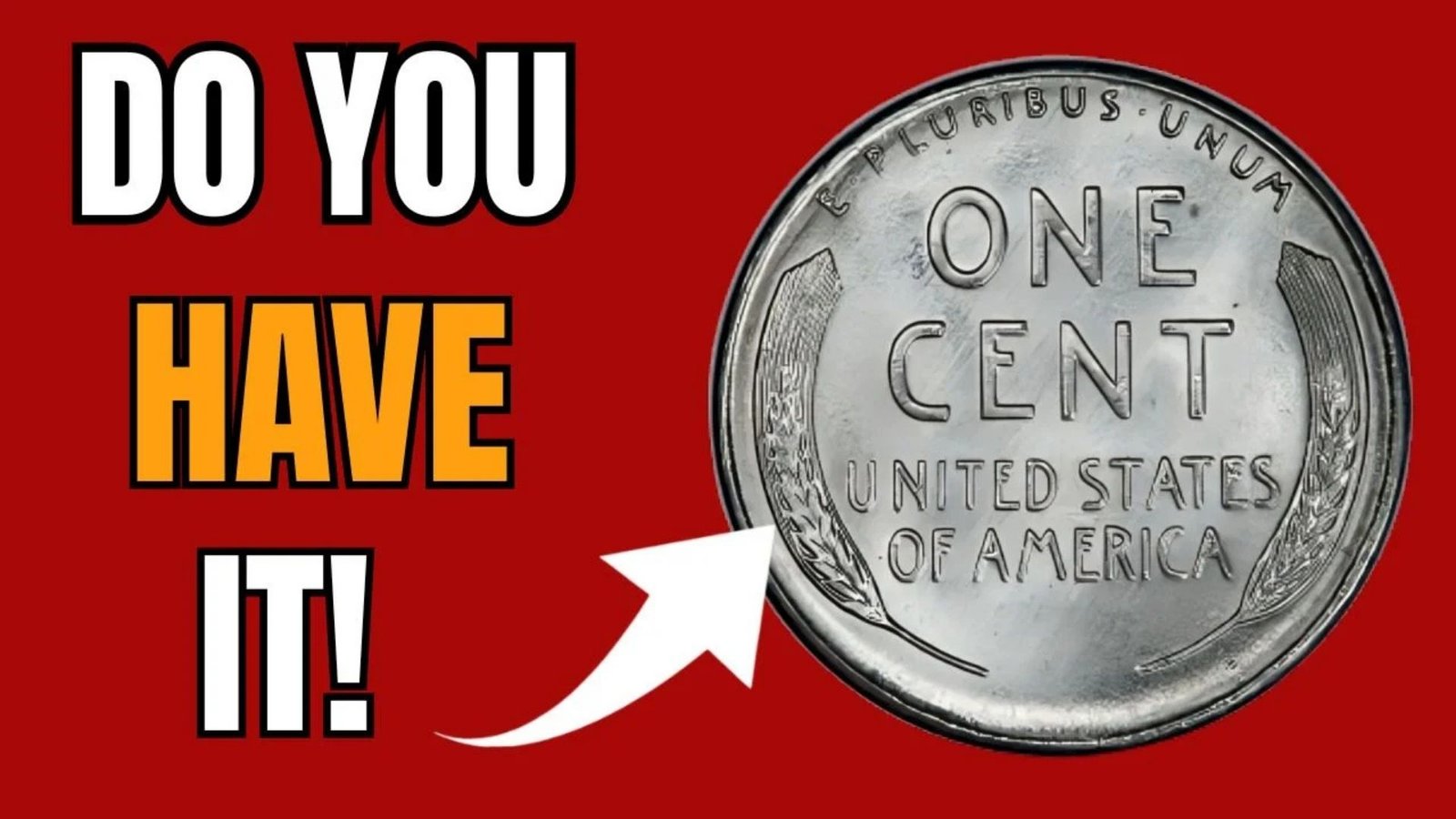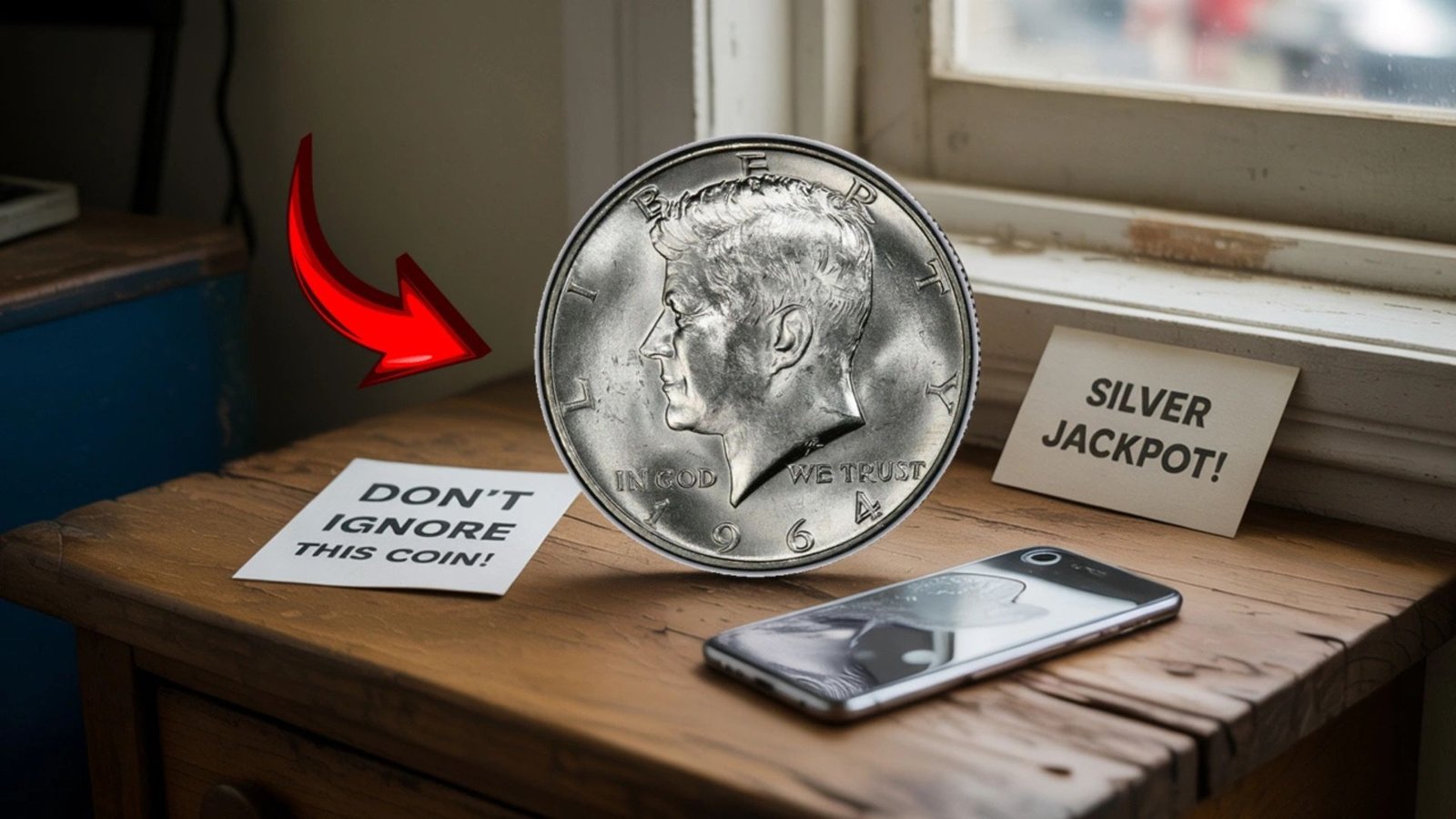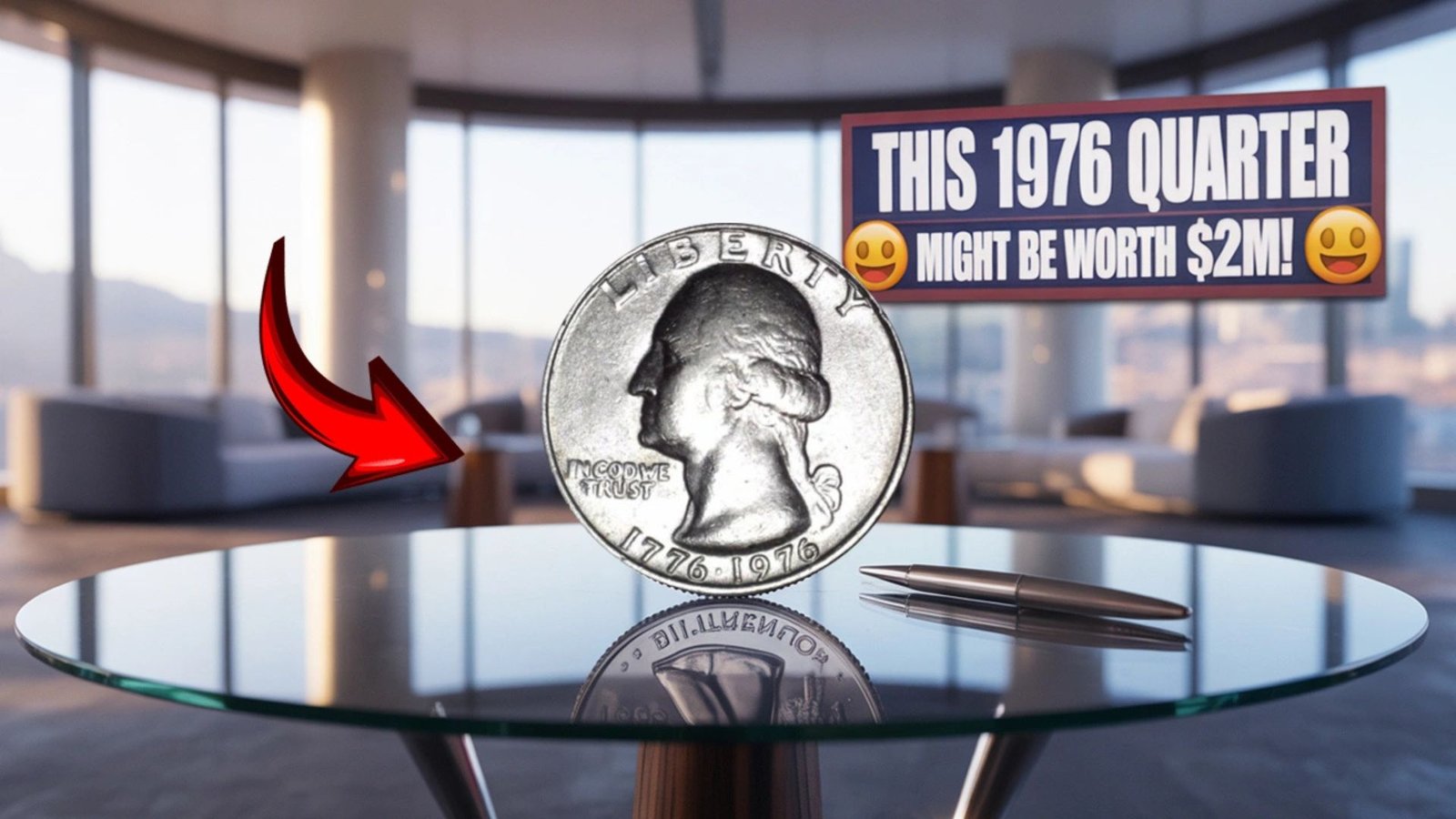Have you ever wondered if the dollar bill in your wallet could be worth much more than its face value? Some rare $1 bills have sold for as much as $200,000 due to unique features, errors, or historical significance. This guide will help you identify valuable currency in simple terms, so you can check your cash for hidden treasures. Whether you’re a collector or just curious, learning how to spot these special bills is easier than you think!
Why Some $1 Bills Are Worth a Fortune
Most $1 bills are worth exactly $1, but certain ones stand out because of specific traits. These traits can include printing mistakes, rare serial numbers, or unique designs from older series. Collectors are willing to pay top dollar for these bills because they’re hard to find. Let’s break down the key factors that make a $1 bill valuable.
Printing Errors That Boost Value
Printing errors happen when something goes wrong during the production of a bill. These mistakes make the bill rare and desirable to collectors. Here are some common errors to look for:
- Misaligned Prints: The design or text is off-center or shifted.
- Ink Smudges: Extra ink or smudged designs can make a bill unique.
- Mismatched Serial Numbers: The two serial numbers on the bill don’t match.
- Overprints: Extra images or numbers printed by mistake.
- Cutting Errors: The bill is cut unevenly or has extra paper.
For example, a $1 bill with a major printing error, like a significant misalignment, could be worth hundreds or even thousands of dollars.
Rare Serial Numbers to Watch For
The serial number is the unique code printed on each bill, usually in green ink. Certain serial numbers are highly sought after by collectors. Here’s what to check:
- Low Serial Numbers: Numbers like 00000001 or 00000002 are extremely rare.
- Repeating Digits: Serial numbers like 77777777 or 11111111 are valuable.
- Ladder Numbers: Numbers in a sequence, like 12345678 or 87654321.
- Solid Stars: Bills with a star (*) in the serial number, especially repeating stars, can be worth more.
- Fancy Numbers: Patterns like 12121212 or palindrome numbers (e.g., 123454321) catch collectors’ eyes.
A bill with a unique serial number could fetch anywhere from $50 to thousands, depending on the pattern.
Special Editions and Older Series
Some $1 bills are valuable because they belong to limited-edition series or older prints. For instance:
- Silver Certificates: These bills, printed before 1968, have a blue seal and were backed by silver. Some are worth $10 to $500 or more.
- Star Notes: These are replacement bills with a star in the serial number, used when a bill is damaged during printing. Rare star notes can be worth hundreds.
- Older Designs: Bills from the 1920s or earlier, like those with large designs or red seals, are often collectible.
Condition Matters
The condition of a bill plays a big role in its value. Collectors prefer bills that are:
- Uncirculated: Never used, crisp, and free of folds or tears.
- Lightly Circulated: Slightly used but still in good shape.
- No Damage: No stains, rips, or writing on the bill.
A rare bill in poor condition might still be valuable, but it’s worth much more if it’s in pristine shape.
How to Check Your $1 Bills for Value
You don’t need to be an expert to spot a valuable $1 bill. Follow these simple steps to inspect your currency:
- Examine the Serial Number: Look at the green serial number on the front of the bill. Check for patterns like repeating digits, ladders, or low numbers.
- Look for Errors: Hold the bill up to light to spot misalignments, smudges, or cutting mistakes.
- Check the Seal and Series: Look for a blue seal (Silver Certificate) or a star in the serial number. Note the series year printed on the bill.
- Assess the Condition: Is the bill crisp and clean, or worn and torn? Better condition usually means higher value.
- Research the Value: Use online resources like auction sites, currency guides, or collector forums to estimate the bill’s worth.
Tools You’ll Need
To make your search easier, gather these tools:
| Tool | Purpose |
|---|---|
| Magnifying Glass | Spot small errors or details in the print |
| Bright Light | Check for watermarks or misalignments |
| Smartphone Camera | Take clear photos to share with experts |
| Currency Guidebook | Reference for rare bills and their value |
Where to Sell Valuable $1 Bills
If you find a rare $1 bill, you can sell it to collectors or at auctions. Here are some options:
- Online Marketplaces: Sites like eBay or Etsy allow you to list your bill for sale.
- Currency Auctions: Heritage Auctions or Stack’s Bowers specialize in rare currency.
- Local Coin Shops: Visit a nearby dealer for a quick appraisal.
- Collector Groups: Join online forums or social media groups for currency collectors.
Always get your bill appraised by a professional before selling to ensure you get a fair price.
Tips for Selling
- Get an Appraisal: A professional can confirm the bill’s value.
- Take Clear Photos: Show both sides of the bill, focusing on the serial number and any errors.
- Be Honest: Describe the bill’s condition accurately to avoid disputes.
- Compare Prices: Check recent sales of similar bills to set a fair price.
How to Protect Your Valuable Bills
If you find a rare bill, keep it safe to maintain its value:
- Use Protective Sleeves: Store bills in acid-free plastic holders.
- Avoid Handling: Use gloves or tweezers to prevent oil or dirt damage.
- Store Properly: Keep bills in a cool, dry place away from sunlight.
Common Valuable $1 Bills and Their Estimated Value
Here’s a quick guide to some rare $1 bills and their potential worth:
| Type of Bill | Features | Estimated Value |
|---|---|---|
| Silver Certificate (1935) | Blue seal, older design | $10–$500+ |
| Star Note (Rare Serial) | Star in serial number, unique pattern | $50–$5,000+ |
| Printing Error (Major) | Misalignment, smudges, or cutting errors | $100–$10,000+ |
| Low Serial Number (e.g., 00000001) | Extremely low serial number | $1,000–$200,000+ |
| Ladder Serial Number | Sequential digits (e.g., 12345678) | $100–$2,000+ |
Note: Values depend on condition and market demand.
FAQs About Valuable $1 Bills
What makes a $1 bill valuable?
A $1 bill can be valuable due to printing errors, rare serial numbers, special editions like Silver Certificates, or excellent condition.
How do I know if my $1 bill is rare?
Check the serial number for unique patterns, look for printing errors, and verify if it’s a special edition like a star note or Silver Certificate.
Where can I sell a rare $1 bill?
You can sell rare bills on eBay, at currency auctions, through coin shops, or in collector groups online.
Can a damaged rare bill still be valuable?
Yes, but its value may be lower. Collectors prefer bills in good condition.
How can I learn more about currency collecting?
Join online forums, read currency guidebooks, or follow auction sites to stay updated on valuable bills.
Conclusion
Finding a valuable $1 bill in your wallet could turn pocket change into a small fortune. By checking for printing errors, rare serial numbers, or special editions, you can uncover hidden treasures. Use a magnifying glass, research online, and consult experts to confirm your bill’s worth. Whether you’re a beginner or a seasoned collector, the thrill of discovering a rare bill is exciting. Start inspecting your $1 bills today—you never know what you might find!

